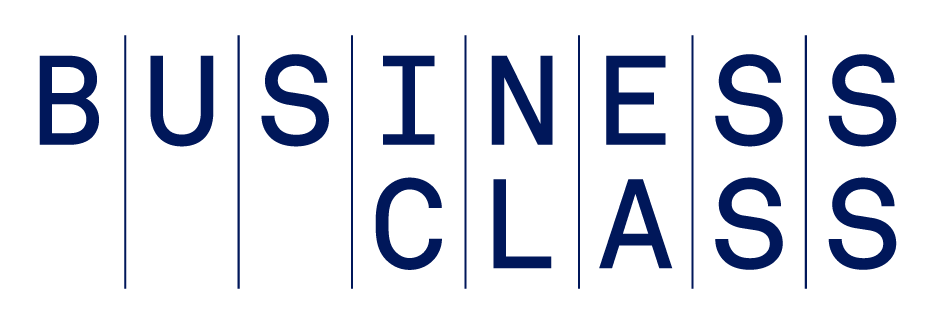Long, drawn out conference rooms meetings that don’t address core objectives aren’t just frustrating; they hurt productivity and can impact team morale.
Business leaders recognise the power of smaller and shorter meetings, both in-person and online. Brief meetings are often easier to schedule and feel more achievable and approachable to colleagues, encouraging participation and improving outcomes.
But let's start with basics.
First, make sure the meeting isn’t something that could be addressed in an email instead. Meetings should be reserved for projects that require hands-on collaboration and brainstorming.
Effective meetings have three main features. They are relevant, have a time-limit, and should end with a plan of action. Running an effective meeting that's short and to the point saves time and boosts attendance and enthusiasm. It also make attendees more engaged and ready to bring their best ideas to the table.
While efficient meeting strategies look different for every organisation, here are seven best-practices to consider and incorporate.
1. Communicate a clear objective in advance
Efficient meetings typically have a clearly stated objective before they start.
Meeting invitations might state the objective in terms of the result expected, such as, “The goal of this meeting is to redesign our company newsletter.” Be clear, concise and include all relevant context – such as notes, images, or links – in the invite.
2. Add an agenda to the calendar invitation
Outline a brief agenda and include it in the emailed meeting invitation. Train your team to review agendas in advance and show up prepared. That way, they can think about the agenda topics, look up facts and figures in advance, and arrive with suggestions.
3. Invite only essential attendees
While it might seem efficient to include everyone in one giant meeting, the opposite is often true.
Inviting people who aren’t essential may waste their time and make it harder on others who are essential. The more people, the longer a meeting tends to take and the easier it is for it to become disorganised.
If you need to share information resulting from the meeting with someone, share it after the meeting without including them in the meeting itself.
4. Stick to start and end times
It’s one thing to set meeting start and end times, it’s another thing to stick to them. Meeting organisers should ensure things are sticking to time by managing the discussion, setting time aside for each agenda item.
For example, if it's an hour-long meeting with six agenda items, the organiser may need to bring discussion to a close on each agenda item after 10 minutes. If you haven’t finished everything for that agenda item in the time allotted, schedule follow-up tasks.
One technique that some companies use to keep meetings timely is to hold them standing up. Not ready to go that far? You can also display clocks if you're in-person or use built-in timers in video conferencing apps.
IF A FOLLOW-UP MEETING IS REQUIRED, CONSIDER SETTING IT BEFORE ENDING THE FIRST MEETING, SO IT DOESN'T FALL THROUGH THE CRACKS
5. Have a clear leader
One of the quickest ways for meetings to get sidetracked is when too many people try to take control or go off on tangents. If you expect more than one person to share information, it helps to have one person in charge.
Being in charge doesn’t mean monopolising the conversation, it’s about ensuring everyone who has something to contribute has space to say it. Team members should be aware that the leader’s role is to keep the meeting moving. If communicated that way upfront, participants will hopefully understand why they might be cut short to keep the process flowing.
6. Take notes
Key decisions, brainstorming “aha moments,” and to-do’s are ideally documented as part of meeting notes. While there might be a concern that taking meeting notes pulls you out of the conversation, there are a range of tools and techniques that make it easier. If you're using a meeting room with a whiteboard, for example, you might snap a picture of the notes with a smartphone. Later, those notes can be transcribed and shared with attendees.
You can also use a notes app or drawing/handwriting tools that let you take handwritten notes and transform them into text. For instance, Microsoft One Note has a drawing function for drawing graphics and notes and the Apple Pencil transforms your handwritten notes into typed text.
If you're holding a conference call, consider taking notes on a shared Google Doc or Office 365 document that everyone is logged into. It may be helpful, with this process, to assign a “scribe” at the start of the meeting to capture key points.
Recording the call is also helpful for keeping track of meeting insights, but make sure you let team members know. It's ideal to either make this a standard practice or not do it at all. That way, colleagues know what to expect.
7. Follow up
After your meeting, participants will hopefully feel confident about what's expected of them next. To be sure you’re on the same page, consider sending a quick follow up email. You may also create a shared document with action items and assigned responsibilities. If a follow-up meeting is required, consider setting it before ending the first meeting, so it doesn’t fall through the cracks.
The takeaway
These meeting best practices are designed to improve team collaboration and eliminate the frustration and time-drain caused by long, drawn out and inefficient meetings.
By focusing on clear objectives, concise agendas, and effective follow-ups, you’ll not only boost productivity but also build a stronger, more engaged team. More purposeful, to-the-point, and empowering meetings allow your team to focus on meaningful work that drives your business forward.
This article contains general information and is not intended to provide information that is specific to American Express, or its products and services. Similar products and services offered by different companies will have different features and you should always read about product details before acquiring any financial product.
The material made available for you on this website is for informational purposes only and is not intended to provide legal, tax or financial advice. If you have questions, please consult your own professional legal, tax and financial advisors.



